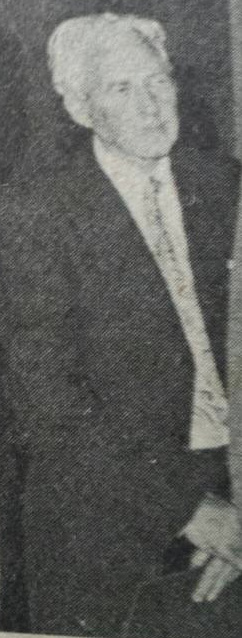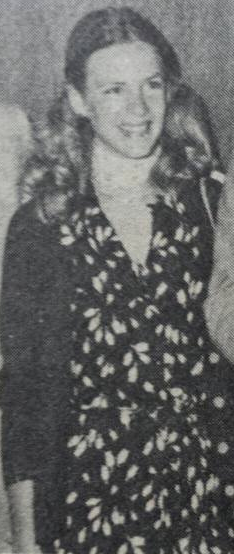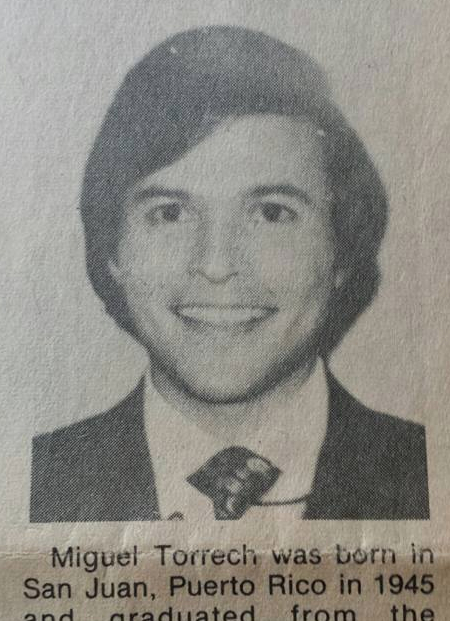
John Cooper, 53, observer in a cockpit jumpseat, passed away in 1998. He was a native of Cheshire, England. He had worked for Pan Am since 1959 or 1960. In 1977 he lived in Frimley, Surrey, England. ”As for John Cooper he was a senior maintenace supervisor sent to Las Palmas to take care of routine maintenance of the aircraft during the normal transit stop there. After the aircraft would leave he would go back to London. John was sitting in the cockpit in the second jumpseat at the time of the accident. Fortunately he had his shoulder harness on because he wound up hanging upside down in the first class compartment about four feet off the floor. How he actually got out I can’t recall at this time. He sustained minor injuries and returned to London several days later. The company Doctor told him to take a few weeks off to relax and unwind. While he was off he was working on his boat and fell off a ladder and dislocated his shoulder. He told me he would have been better off going back to work.” (Letter from George Warns, dated 21 March 1990) He was not injured in the Tenerife jumbo jet crash and did not require hospitalization; his left ear was slightly injured, however. He was taken to Hotel Mencey after the disaster. There is a chance he was the John Percival Cooper born 14 September 1923 who passed away in August 1998 at Poole, Dorset, England. The material presented on this page has been researched by Peter Engberg-Klarström. Copyright 2017 Peter Engberg-Klarström.
Feel free to use the research, but please refer to my research if used in publications or if published or posted on other pages on the Internet








